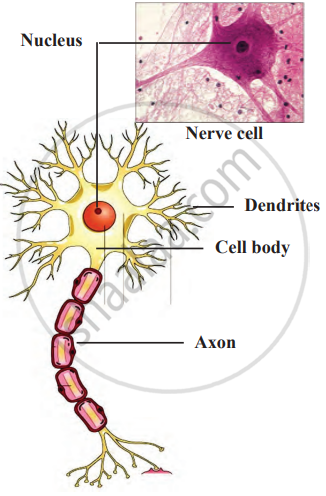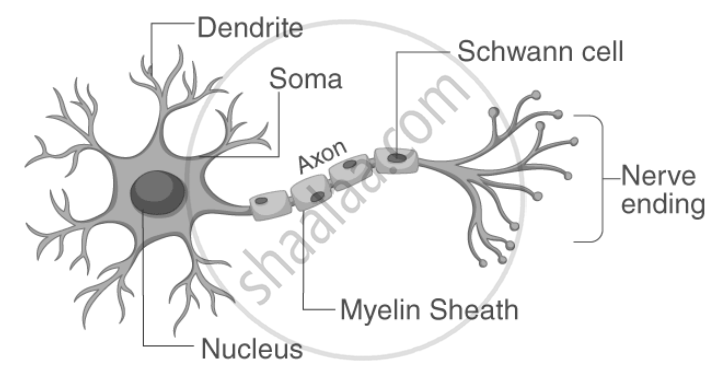Topics
Tissue
Plant Tissues
- Tissues - “The Teams of Workers”
- Plant Tissues
- Meristems or Meristematic Tissues
- Permanent Tissue
- Simple Permanent Tissues (Supporting Tissue)
- Complex Permanent Tissues
- Complex Permanent Tissue: Xylem Structure and Function (Conducting Tissue)
- Complex Permanent Tissue: Phloem Structure and Function (Conducting Tissue)
Animal Tissues
Kingdom Classification
Kingdoms in Plants
- Biological Classification
- Classification of Living Organisms
- Five Kingdom Classification
- Kingdom Monera
- Kingdom Protista
- Kingdom Fungi
- Classification of Kingdom Plantae
- Kingdom Plantae: Thallophyta (Algae)
- Kingdom Plantae: Thallophyta (Fungi)
- Division II- Bryophytes
- Division III- Pteridophytes
- Phanerogams
- Division I-Gymnosperms
- Division II- Angiosperms
- Classification and Structure of Seeds
- Structure of a Dicotyledonous Seed
- Structure of Monocotyledonous Seed
Kingdoms in Animals
Plant Life
Photosynthesis
- Mode of Nutrition in Plant
- Autotrophic Plants
- Photosynthesis: Food-Making Process in Plants
- Plastid
- Chlorophyll: The Vital Plant Pigment
- Regulation of Stomatal Opening for Letting in Carbon Dioxide
- Process of Photosynthesis
- Factors Affecting Photosynthesis
- End Result of the Products of Photosynthesis
- Significance of Photosynthesis
Respiration
- Respiration
- Types of Respiration: Aerobic and Anaerobic Respiration
- Respiration in Plant
- Respiration and Photosynthesis
Human Body
Excretory System
- Excretion
- Human Excretory System
- Kidney and Its Internal Structure
- Kidney Tubule (Nephrons)
- Function of the Kidney - “Production of Urine”
- Accessory Excretory Organs
- Osmoregulation
- Common Disorders of the Urinary System
- Dialysis and Artificial Kidney
Nervous System
- Control and Co-ordination
- Control and Co-ordination in Human Being
- Neuron (Or Nerve Cell) and Its Types
- Neuron (Or Nerve Cell) and Its Types
- Nerve Fibres
- Human Nervous System
- Major Division of the Nervous System
- Central Nervous System (CNS)
- The Human Brain - Forebrain
- The Human Brain - Forebrain
- The Spinal Cord
- Peripheral Nervous System (PNS)
Health and Hygiene
Allergy
- Allergies (Hypersensitivity)
- Entry Routes of Allergies
- Signs and Symptoms of Allergies
- Types of Allergies
- Some Common Allergic Reactions
- Precautions and Care for Prone to Allergies
- Introduction
- Structure of a Neuron
Introduction:
Nervous tissue is a special type of tissue that helps in transmitting and processing signals in the body. It is essential for responding to changes in the environment and controlling various body functions. The main part of nervous tissue is the neuron, which is responsible for sending and receiving signals. Another important part is neuroglial cells, which provide support and protection to the neurons.
Nervous tissue is found in the brain, spinal cord, and the network of nerves that spreads throughout the body. It works closely with muscular tissue to create responses to both internal and external changes, helping the body adjust to different conditions. This tissue is like the body’s communication system, making sure all parts of the body work together properly.

Nerve cell: A unit of nervous tissue
Structure of a Neuron:
- Dendrites: Tree-like, branched extensions at the beginning of a neuron. Their main function is to receive chemical signals from other neurons or cells, convert them into electrical signals, and pass these signals to the cell body. A neuron can have one or multiple dendrites, which increase the surface area for receiving signals.
- Cell Body (Soma): The central part of the neuron, contains the nucleus and various organelles like mitochondria and the Golgi apparatus. It maintains the cell's functionality and produces proteins needed for the neuron’s activity. While the cell body does not actively transmit signals, it supports the neuron’s overall function.
- Axon: A long, tube-like structure extending from the cell body. It connects the neuron to other cells, neurons, or organs, allowing rapid transmission of signals. Axons are often covered with a myelin sheath, produced by Schwann cells, which acts as an insulator and speeds up signal transmission. The diameter of the axon determines the speed of signal conduction—the larger the diameter, the faster the transmission.
- Schwann Cells and Myelin Sheath: The Schwann cells produce the myelin sheath, which wraps around the axon to protect the signal and ensure its rapid transmission. This insulation is critical for maintaining the integrity of the signals travelling through the neuron.

Nerve Cell
